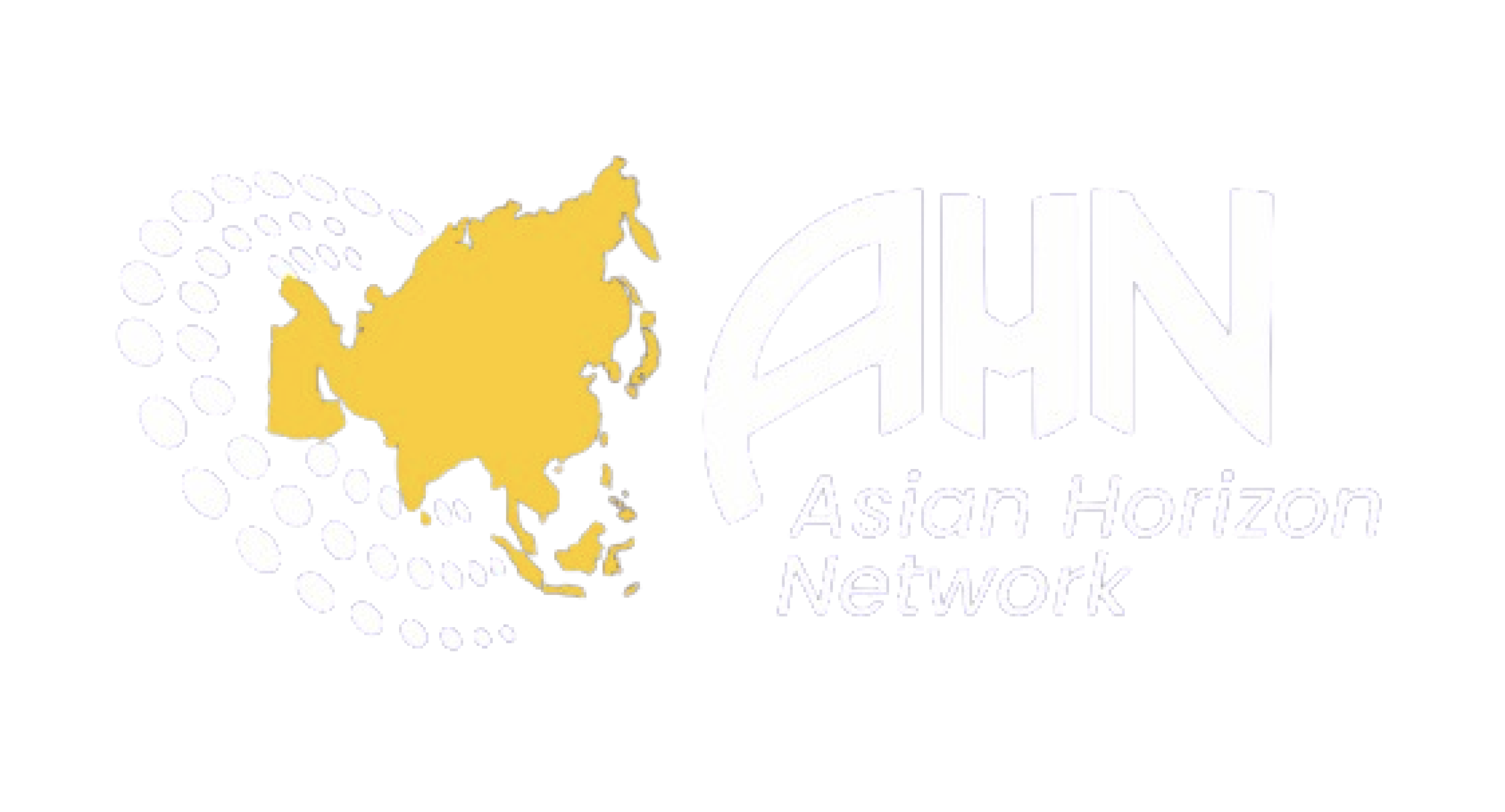Economy
PMMY an effective tool for women empowerment at grassroots level: SBI report
Published On Wed, 02 Apr 2025
Asian Horizan Network
0 Views

New Delhi, April 2 (AHN) Increasing women participation in the Pradhan Mantri Mudra Yojana (PMMY) — 68 per cent of 52 crore account holders are women — has led to better financial situation of women borrowers in the last 10 years, a report showed on Wednesday.
In the last nine fiscals (FY25 over FY16), while per woman PMMY disbursement amount increased by a CAGR of 13 per cent to Rs 62,679, the per woman incremental deposits increased by a CAGR of 14 per cent to Rs 95,269, branding PMMY an effective power tool for women empowerment at grassroots level, according to a report from the State Bank of India’s (SBI) Economic Research Department.
The impact of PMMY on bringing the entrepreneurially devoid social groups is commendable, instilling a true sense of financial independence, it added.
Nearly half of the 52 crore PMMY accounts belongs to SC/ST and OBC social classes. Going a step further, 68 per cent of total account holders are women entrepreneurs while 11 per cent belongs to minority groups.
“Among states, Bihar has the largest number of PMMY women entrepreneurs (4.2 crore), followed by Tamil Nadu (4.0 crore) and West Bengal (3.7 crore). Maharashtra has the largest share of women account holders (79 per cent) in total followed by Jharkhand (75 per cent) and West Bengal (73 per cent),” the SBI report mentioned.
Average ticket size of the loans have nearly tripled — Rs 1.02 lakh in FY25 and Rs 72,000 in FY23 from Rs 38,000 in FY16.
As per the latest government data, under the PMMY, as many as 52.07 crore loans amounting to Rs 33.19 lakh crore have been sanctioned since inception of the scheme (as of February 28, 2025).
PMMY, under the Micro Units Development and Refinancing Agency (MUDRA) was set up for development and refinancing activities relating to micro units.
PMMY ensures collateral-free institutional credit up to Rs 20 lakh is provided by member lending institutions (MLIs) — Scheduled Commercial Banks (SCBs), Regional Rural Banks (RRBs), Non-Banking Financial Companies (NBFCs) and Micro Finance Institutions (MFIs).
According to the SBI report, the share of Shishu has declined from 93 per cent in FY16 to 51.7 per cent in FY25, while the Kishor account share has increased to 44.7 per cent in FY25 from 5.9 per cent in FY16.
“This clearly indicate that some Shishu accounts have grown and availed Kishor loans of higher loan limit. MSME units are getting bigger,” the report noted.
—AHN
na/



